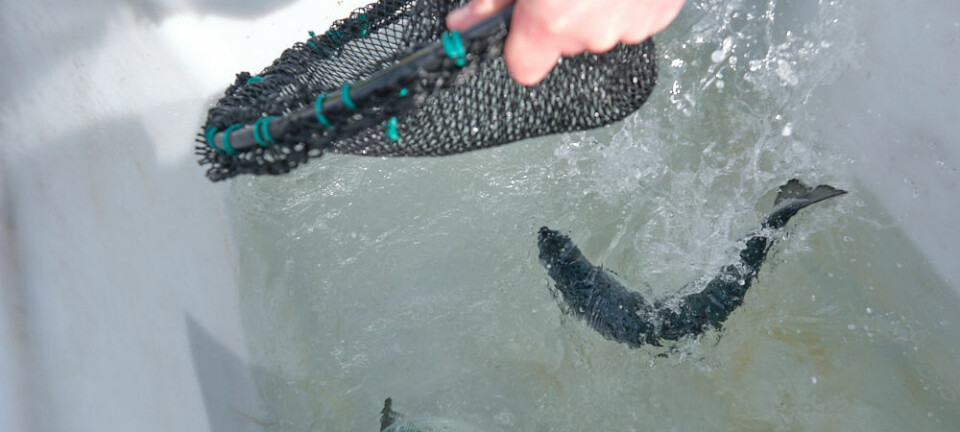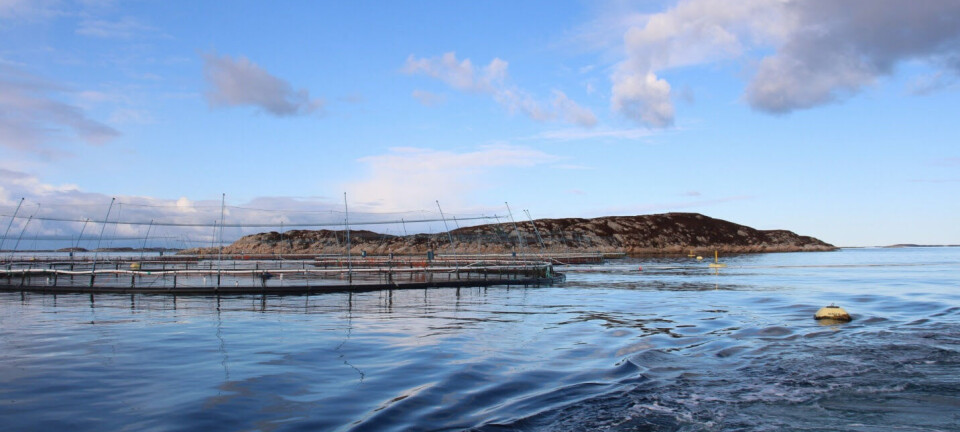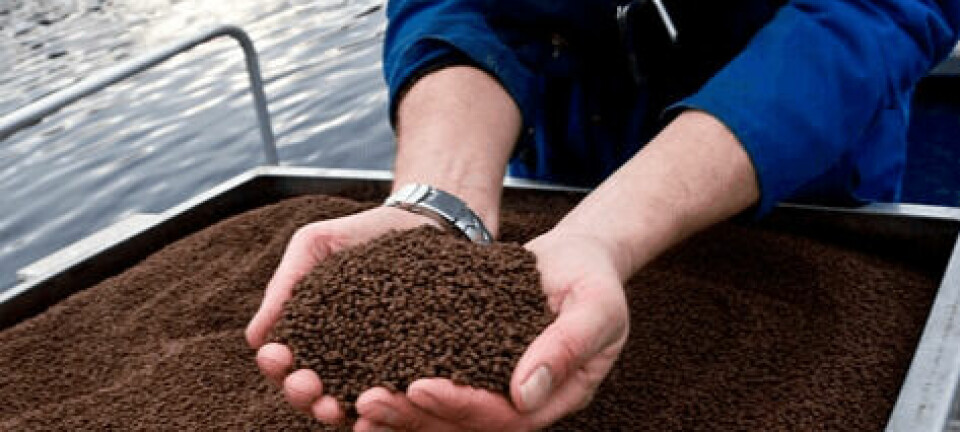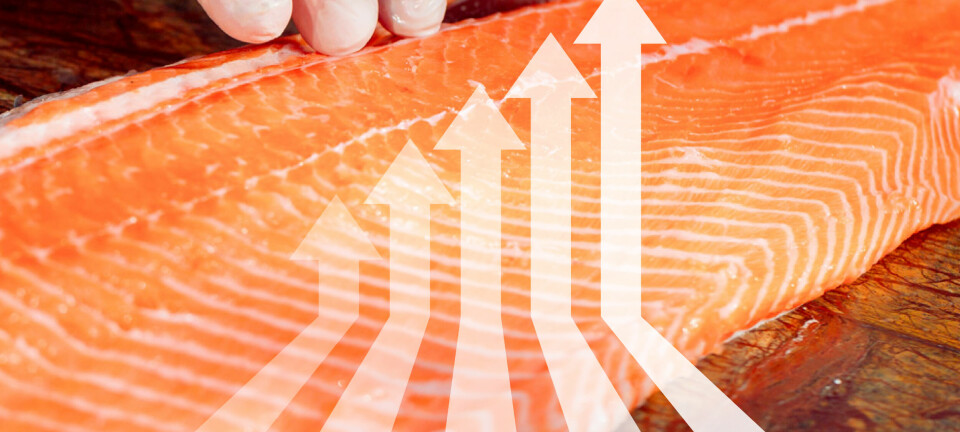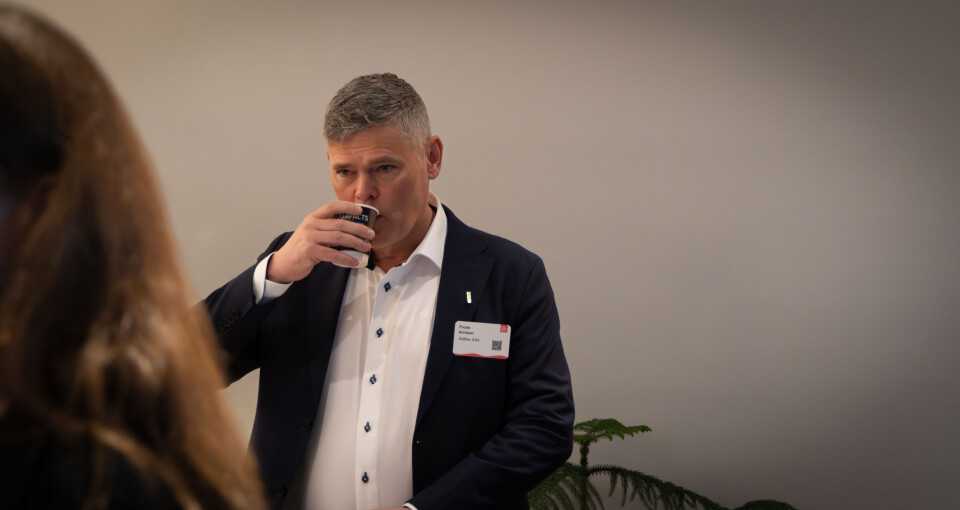
Weak quarter but strong outlook for SalMar
Scottish Sea Farms co-owner's operating profit fell by almost half as it focused on biomass build-up
The world’s second largest Atlantic salmon farmer, SalMar, has reported weakened financial results for the first quarter of the year due to low harvest volumes and downgrading of fish. The focus in Q1 was to build biomass so that increased volume is facilitated later in 2025.
SalMar made an operating profit of NOK 798 million (£58m) in Q1 2025, not much more than half of the NOK 1.521 billion made in the same period last year. Operational EBIT per kilo was NOK 18.7 (Q1 2024: NOK 28.8).
Harvest volume was 42,700 gutted weight tonnes (Q1 2024: 52,900 gwt), of which 40,400 gwt was harvested at conventional fish farms in Norway, 1,200 gwt by SalMar Ocean, and 1,100 gwt in Iceland.
SalMar said the result from the farming segments in Norway was characterised by harvesting late in the period and that fish had been harvested as a result of fish welfare considerations, which resulted in a low average weight. Furthermore, the share of downgraded fish had been high. These factors had a negative impact on price achievement in the quarter.
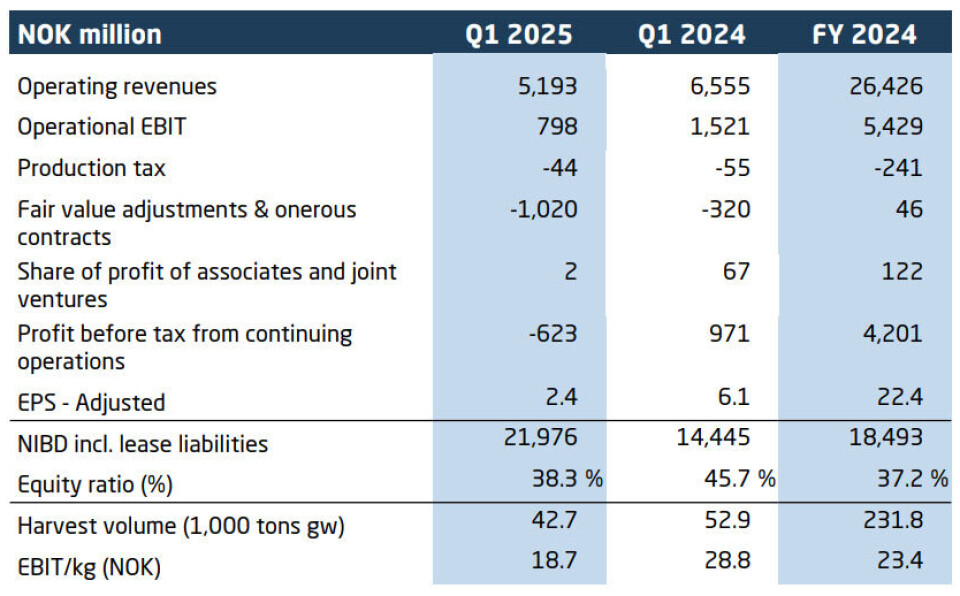
On the plus side, SalMar had good results from its Sales and Industry department driven by positive contribution from contracts during a quarter when spot prices were low.
And Scotland salmon farmer Scottish Sea Farms – which SalMar owns 50-50 with Lerøy Seafood Group - reported another good quarter with increased harvest volume, high average harvest weights and good biological status in the sea in all regions, although lower spot prices also dented profits.
SalMar also entered the second quarter with record high biomass for the season and is maintaining 2025 group volume guidance of 294,000 gwt, 17% more than last year. SalMar expects 256,000 gwt in Norway, 7,000 gwt from SalMar Ocean, and 15,000 gwt in Iceland. The volume also includes SalMar’s half of the 32,000 gwt harvest guided by Scottish Sea Farms.
Pleased with survival
“In short, we are pleased with the development in growth and survival in the sea, but financially it is unfortunately weak as a result of harvesting late in the period and the quality of harvested fish in the quarter,” said SalMar chief executive Frode Arntsen.
During the quarter, SalMar completed the purchase of salmon farmer AS Knutshaugfisk, which currently has licences for 3,466 tonnes of maximum allowed biomass (MAB) and four farming locations in production area 6 in central Norway.
SalMar is also in the process of an agreed merger with salmon farmer, Wilsgård AS, which has licences for 5,844 tonnes MAB in production areas 10 and 11 in northern Norway. SalMar has had a 37.5% stake in Wilsgård since its acquisition of NTS and the merger with NRS in 2022.
The company said that although the market is characterised by global uncertainty and increased volume, it continues to experience strong demand for its products and expects lower global supply growth in the second half of 2025 compared to what it has experienced so far in the first half of 2025.


